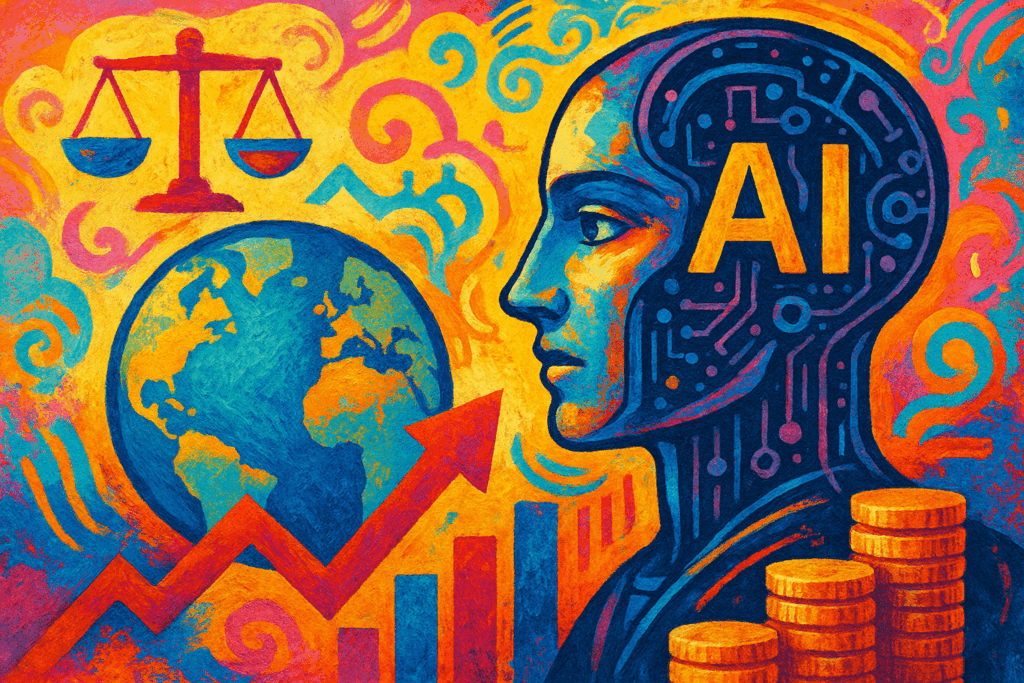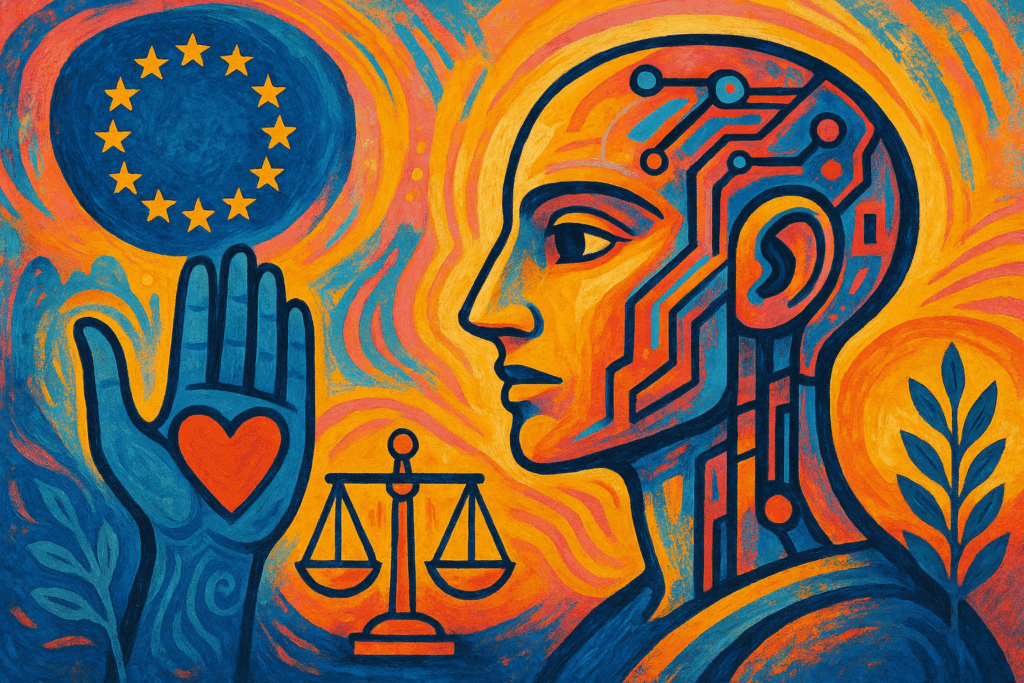The Global AI Regulation Puzzle
As artificial intelligence technologies advance rapidly worldwide, regulatory responses have emerged with significant variation across regions. The European Union’s AI Act, for example, sets rigorous requirements focused on risk management and transparency, while other jurisdictions pursue differing rules or voluntary frameworks. This divergence in AI regulation creates a fragmented landscape that complicates compliance for businesses operating internationally. Similar to the telecommunications industry’s early days, when multiple protocols hindered global connectivity, the lack of harmonized AI governance raises concerns about interoperability and the stability of AI-powered markets.
Standards: The Unifying Solution for AI
International standards bodies such as ISO/IEC and CEN/CENELEC are stepping in to offer common frameworks that bridge disparate AI regulations. These standards establish shared definitions, ethical principles, and technical specifications that enable trustworthy AI deployment across borders. By providing a universal language for risk management and system interoperability, standards help align regulatory expectations and reduce ambiguities faced by organizations. This approach supports responsible AI development by allowing innovation to proceed within clearly defined safety and ethical parameters.
Strategic Benefits of Harmonized AI
For businesses, adopting international AI standards translates into lower compliance costs and streamlined operations globally. Investors gain increased confidence from predictable regulatory environments, which reduces financial risks tied to evolving legal requirements. Moreover, harmonized frameworks foster a more stable AI ecosystem, encouraging innovation without sacrificing accountability. As AI continues to reshape industries and economies, unified standards will be central to balancing the speed of technological progress with the necessity of responsible governance, ensuring a consistent and reliable foundation for the AI-driven future.




